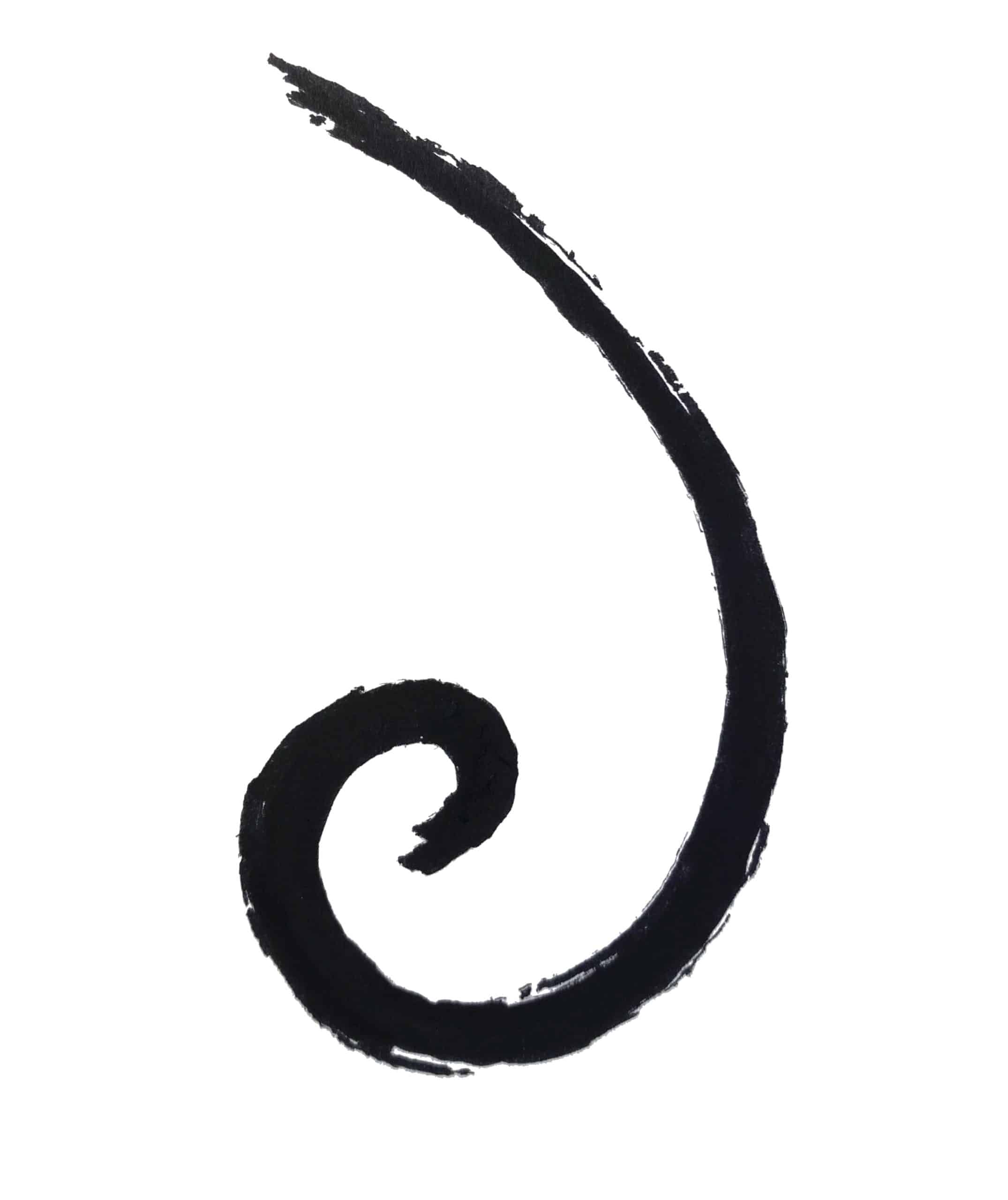In the truth mandala process, it is common for participants to observe that while there is a quadrant for Doubt, Fear, Anger and Sadness, there does not seem to be a place for Hope in the mandala. Is is however important to understand that this type of process is precious in that it is a place where we give ourselves and others permission to express our more difficult feelings, even those deepest and darkest feelings. Bringing words of hope and comfort and a more positive perspective can often prevent others in the circle from expressing their ‘bad’ feelings because they (like in our normal lives) feel expected to repress any negative feelings and look on the bright side, not give in to negativity. We are invited to visualise hope as the ground of the mandala. We wouldn’t be there if it wasn’t for our hope, but we make space during the process for the other more difficult emotions that often don’t get voiced.
To read more see this post of an introduction to the Mourning process
Zen master, poet, gardener and peace activist Thich Nhat Hanh also offers the following observations about hope more broadly, and how it may be an obstacle to living fully in the present moment.
Hope as an Obstacle:
Hope is important, because it can make the present moment less difficult to bear. If we believe that tomorrow will be better, we can bear a hardship today. But that is the most that hope can do for us—to make some hardship lighter. When I think deeply about the nature of hope, I see something tragic. Since we cling to our hope in the future, we do not focus our energies and capabilities on the present moment. We use hope to believe something better will happen in the future, that we will arrive at peace, or the Kingdom of God. Hope becomes a kind of obstacle. If you can refrain from hoping, you can bring yourself entirely into the present moment and discover the joy that is already here.
Enlightenment, peace, and joy will not be granted by someone else. The well is within us, and if we dig deeply in the present moment, the water will spring forth. We must go back to the present moment in order to be really alive. When we practice conscious breathing, we practice going back to the present moment where everything is happening.
Western civilization places so much emphasis on the idea of hope that we sacrifice the present moment. Hope is for the future. It cannot help us discover joy, peace, or enlightenment in the present moment. ”Many religions are based on the notion of hope, and this teaching about refraining from hope may create a strong reaction. But the shock can bring about something important. I do not mean that you should not have hope, but that hope is not enough. Hope can create an obstacle for you, and if you dwell in the energy of hope, you will not bring yourself back entirely into the present moment. If you re-channel those energies into being aware of what is going on in the present moment, you will be able to make a breakthrough and discover joy and peace right in the present moment, inside of yourself and all around you.
A. J. Muste, the mid-twentieth-century leader of the peace movement in America who inspired millions of people, said, “There is no way to peace, peace is the way.” This means that we can realize peace right in the present moment with our look, our smile, our words, and our actions. Peace work is not a means. Each step we make should be peace. Each step we make should be joy. Each step we make should be happiness. If we are determined, we we can do it. We don’t need the future. We can smile and relax. Everything we want is right here in the present moment.”
Excerpt From: Thich Nhat Hanh. “Peace Is Every Step: The Path of Mindfulness in Everyday Life.” Parallax press
